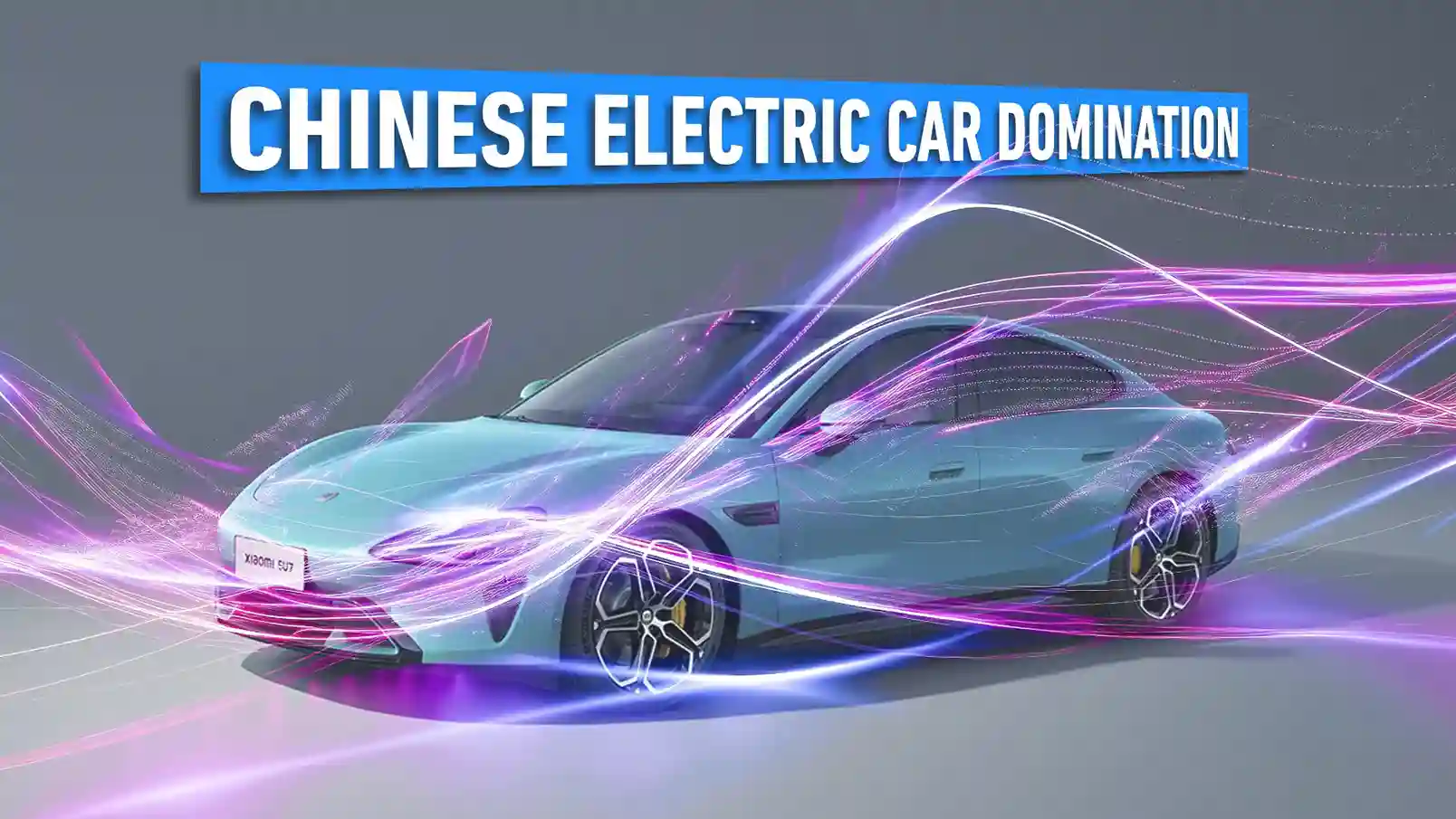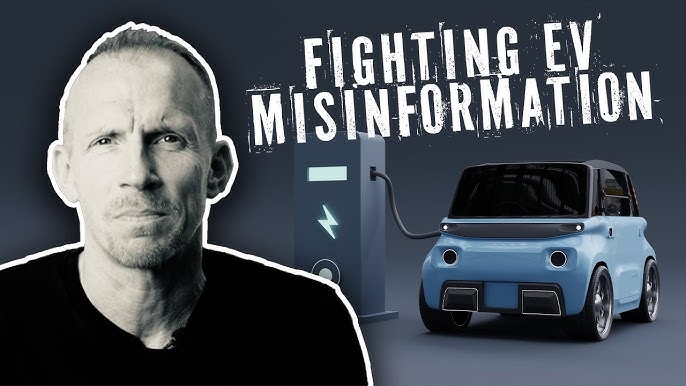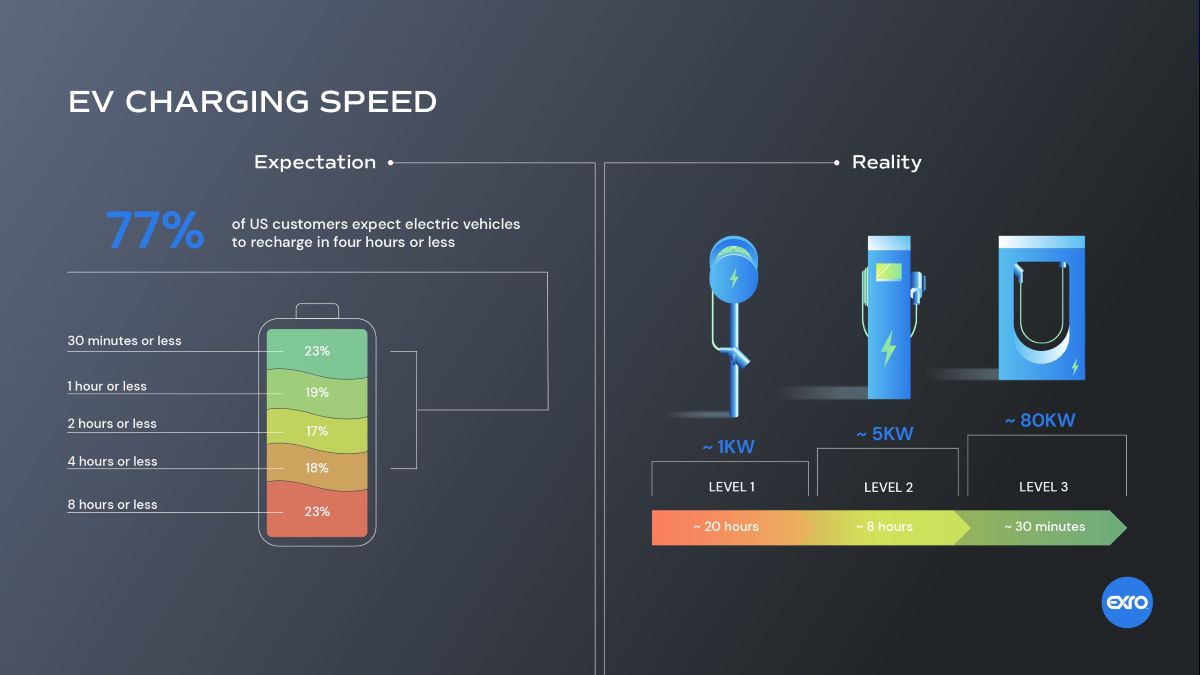Solving the Charging Desert Problem in Rural Areas
Mia Anderson
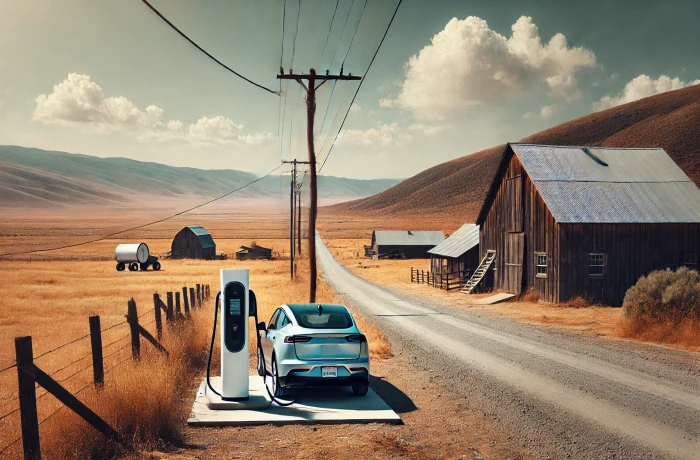
Photo: Solving the Charging Desert Problem in Rural Areas
In an increasingly connected world, access to reliable electricity and charging infrastructure is critical. Yet, rural areas, particularly in developing nations, face a growing issue known as the "charging desert." These are regions where access to electrical power, especially for charging devices and equipment, is minimal or nonexistent. This article explores the charging desert problem, its impact, and potential solutions to bridge this energy gap.
Understanding the Charging Desert Problem
The term "charging desert" refers to geographic regions where the availability of charging stations, electricity grids, or alternative energy sources is severely limited. While this issue predominantly affects rural and remote communities, it also hinders progress in areas striving for technological and economic development.
According to the International Energy Agency (IEA), over 770 million people worldwide lacked access to electricity in 2021, with rural regions constituting the majority. This disparity is not just about convenience but reflects a barrier to education, healthcare, business, and overall quality of life.
Key Challenges of Charging Deserts
1. Inadequate Infrastructure
Many rural areas lack the infrastructure necessary to support traditional electrical grids. High installation costs, difficult terrain, and low population density often deter investment. This leaves communities reliant on unsustainable and unreliable alternatives, such as diesel generators or kerosene lamps.
2. Economic Disparities
Rural communities are often economically disadvantaged, which exacerbates the issue. Limited financial resources make it challenging to invest in infrastructure upgrades or adopt innovative solutions like solar-powered charging stations.
3. Environmental Barriers
Natural disasters, such as floods or hurricanes, frequently disrupt existing infrastructure in remote areas, compounding the problem. Furthermore, extreme weather can render renewable energy sources, such as solar panels, less effective during specific periods.
4. Digital Divide
Lack of charging facilities contributes to the digital divide, where rural populations are excluded from using modern devices essential for communication, education, and business. This gap perpetuates inequality and restricts opportunities for growth and development.
Innovative Solutions to Address Charging Deserts
Tackling the charging desert problem requires a multifaceted approach that combines technology, policy, and community engagement. Below are some of the most promising solutions:
1. Decentralized Renewable Energy Systems
Solar panels, wind turbines, and micro-hydropower systems are becoming increasingly viable options for rural areas. These systems can operate independently of a central grid, offering consistent energy supplies even in isolated locations.
Case Study: Solar Kiosks in Africa
Countries like Kenya and Uganda have introduced solar-powered kiosks that double as charging hubs. These kiosks provide phone and device charging services to entire villages, improving connectivity and economic prospects.
2. Portable Charging Solutions
Innovative portable solutions, such as power banks and solar-powered backpacks, offer immediate relief for individuals living in charging deserts. While these are not permanent fixes, they address urgent needs, especially in emergencies.
3. Government and Private Sector Partnerships
Collaboration between governments and private companies can drive large-scale infrastructure projects. Incentives, subsidies, and public-private partnerships (PPPs) can make rural electrification projects more attractive and financially feasible.
Example: India’s Rural Electrification Drive
India's government launched the Saubhagya Scheme to ensure universal household electrification. By leveraging partnerships with private players, the initiative successfully connected over 26 million households to electricity within five years.
4. Community-Driven Initiatives
Empowering local communities to participate in energy solutions can ensure sustainability. For instance, community-managed solar farms or co-operatives can help rural areas achieve energy independence while fostering local employment opportunities.
5. Emerging Technologies
The integration of new technologies, such as IoT-enabled smart grids and energy storage systems, can optimize energy distribution and efficiency. Advanced battery technologies, like lithium-ion or solid-state batteries, are also pivotal in creating sustainable energy solutions.
Benefits of Solving the Charging Desert Problem
Addressing the charging desert issue can have far-reaching benefits for individuals and communities alike.
1. Boosting Education
With access to reliable energy, schools in rural areas can use digital learning tools, enabling students to access global knowledge and opportunities.
2. Improved Healthcare
Healthcare facilities can function more effectively with uninterrupted power, ensuring the preservation of medicines and operation of essential medical devices.
3. Economic Growth
Reliable electricity can power small businesses, improve agricultural productivity through mechanization, and enable participation in e-commerce.
4. Environmental Sustainability
Replacing fossil fuel-dependent energy sources with renewables reduces carbon emissions, contributing to a greener planet.
Barriers to Implementation
Despite promising solutions, significant hurdles remain in combating charging deserts.
- Cost: Implementing large-scale projects in sparsely populated areas can be prohibitively expensive.
- Policy Gaps: Weak policies or regulatory frameworks can stall progress in rural electrification.
- Cultural Resistance: Communities may resist adopting unfamiliar technologies without proper awareness campaigns.
Overcoming these challenges requires a coordinated effort from governments, NGOs, and private entities.
The Road Ahead: A Collaborative Approach
The charging desert problem underscores the urgent need for equitable energy access. While there is no one-size-fits-all solution, combining decentralized renewable systems, innovative technologies, and collaborative policies can make a significant impact.
Key Steps for Progress:
- Global Funding Initiatives: International bodies like the United Nations and World Bank can provide grants and loans to support rural electrification projects.
- Community Education: Raising awareness about the benefits and operation of renewable energy systems ensures acceptance and long-term success.
- Monitoring and Evaluation: Regular assessments can help track progress, identify issues, and refine strategies for better outcomes.
Conclusion
Solving the charging desert problem in rural areas is not just about bringing electricity it is about empowering communities, reducing inequality, and fostering sustainable development. By leveraging innovative solutions, strengthening partnerships, and addressing barriers head-on, we can illuminate even the most remote corners of the world.
Access to energy is a fundamental right, and tackling charging deserts is a critical step toward achieving global energy equity. The journey may be challenging, but with collective effort, a brighter and more connected future is within reach.
Marketing
View All
January 27, 2025
PPC vs SEO: Digital Marketing ShowdownDiscover the differences between PPC and SEO in digital marketing. Find out which strategy is right for your goals and budget. Make an informed choice today!
Mia Anderson

January 25, 2025
Email Marketing in the Digital AgeUnlock the power of email marketing with modern strategies tailored for the digital age. Connect with your audience like never before!
Mia Anderson
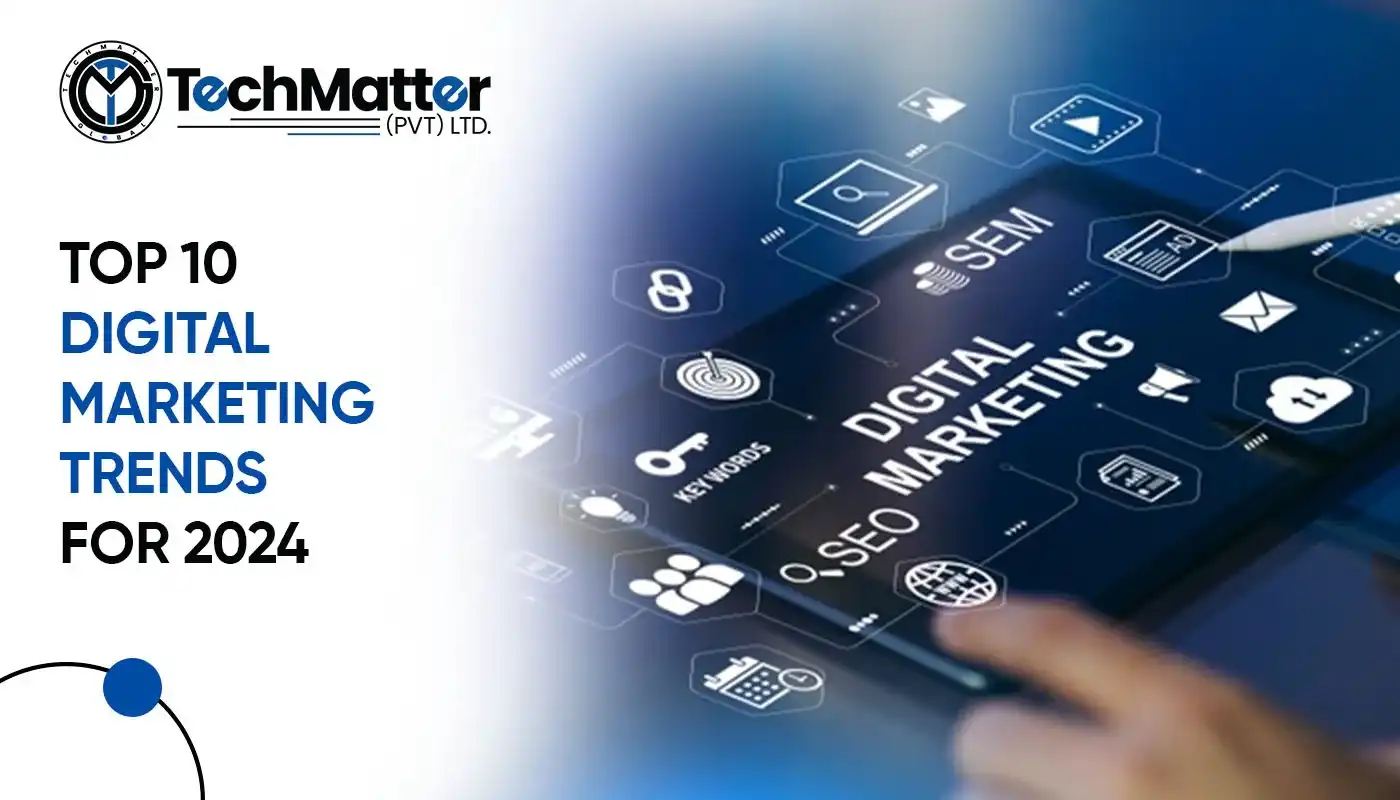
January 18, 2025
Top 10 Digital Marketing Trends for 2024Discover the must-know digital marketing trends for 2024. Stay ahead of the curve and elevate your strategies with these insights! Read more now!
Mia Anderson
Entertainment
View AllDiscover the latest trends and strategies for creating viral videos in 2024. Learn what makes a video go viral and how you can leverage this knowledge today.
Mia Anderson
Discover the latest trends in live streaming sports for 2024. Learn how to enhance your streaming experience with cutting-edge technology. Start streaming smarter today!
Mia Anderson
Discover the latest tips for writing engaging movie reviews. Boost your review skills with our expert guide. Click to learn how to captivate your audience!
Mia Anderson
Discover how Netflix is revolutionizing film distribution and what it means for the future of cinema. Don’t miss out on this industry-shaping insight click now!
Mia Anderson
Automotive
View AllFind out how to overcome myths and misconceptions surrounding electric vehicles. Separate fact from fiction today.
Read MoreDiscover the main barriers preventing widespread EV adoption and how they can be overcome. Learn more to drive EV growth.
Read MoreUncover why EV adoption varies across regions. Explore the drivers behind disparities and their impact on the EV market.
Read MorePolular🔥
View All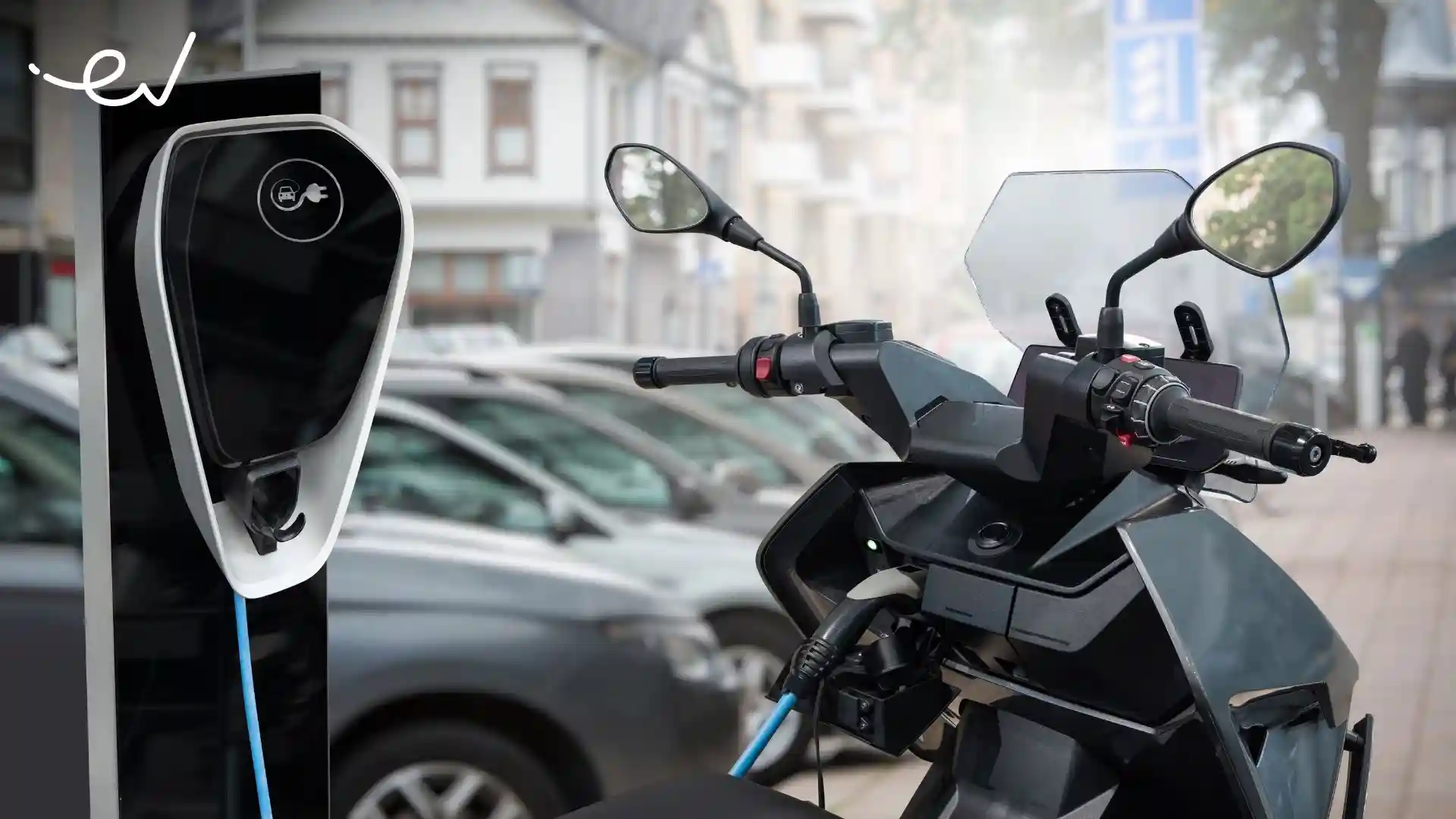
1
2
4
5
6
7
8
9
10
Technology
View All
December 12, 2024
5 Smart Gadgets You’ll Regret Not Buying Right Now
Discover 5 smart gadgets that will revolutionize your daily life! Click to learn why you need them and avoid future regrets.

August 28, 2024
Discover the Best Virtual Reality Headsets for 2024
Discover the best virtual reality headsets of 2024 for an unparalleled immersive experience. Explore top picks and make your VR dreams a reality!

August 10, 2024
25 Best Remote Work Software Tools to Boost Your Productivity
Improve remote collaboration and productivity with these 25 remote work software tools. From communication to project management, these tools will make your remote work more engaging and efficient!
Tips & Trick





